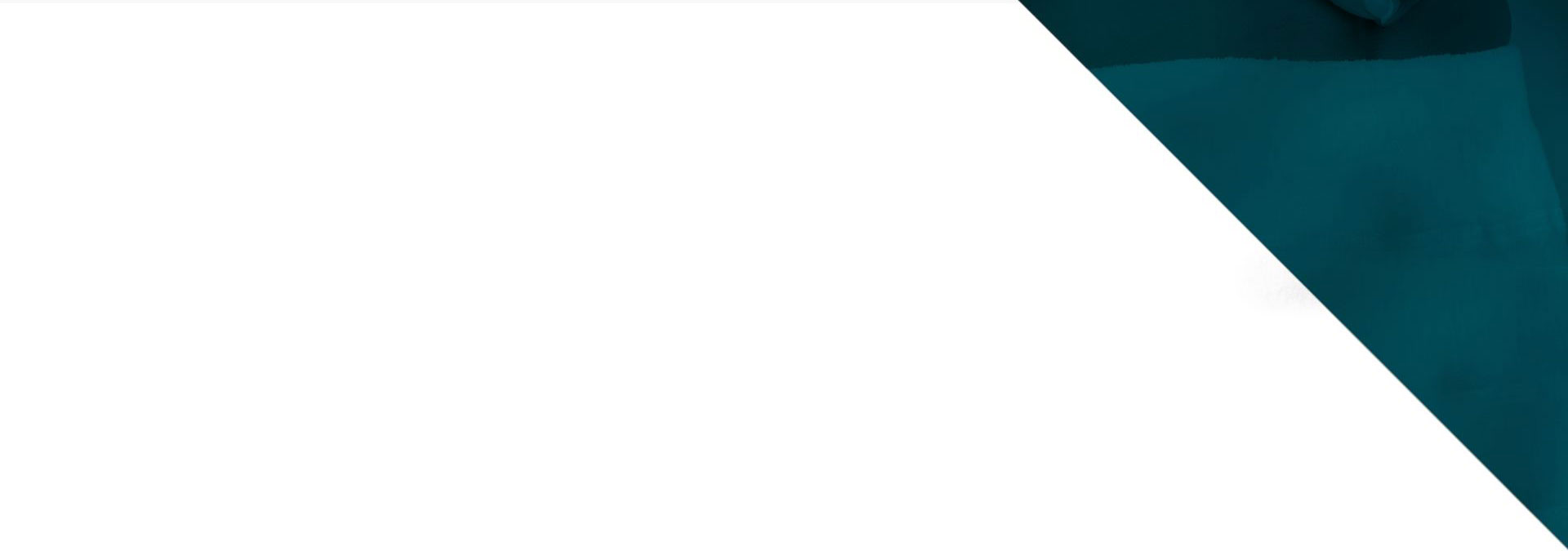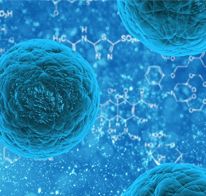Scoliosis

Spinal Curvatures (Scoliosis)
Most spinal curvatures do not affect daily living, but some severe cases of scoliosis can cause problems for other organs and can be painful. All spines have curves that lean forward of backward (lordosis and kyphosis, respectively).
However, when curves move from side to side, the condition can make shoulders uneven and apply stress to other areas of the spine. Lateral curvature of the spine is known as scoliosis. From the back view, the spine might appear to be 'S' or 'C' shaped rather than a straight line. Rotation forward or backward can occur in addition to the lateral or 'side-to-side' curves of scoliosis.
However, when curves move from side to side, the condition can make shoulders uneven and apply stress to other areas of the spine. Lateral curvature of the spine is known as scoliosis. From the back view, the spine might appear to be 'S' or 'C' shaped rather than a straight line. Rotation forward or backward can occur in addition to the lateral or 'side-to-side' curves of scoliosis.
Patient Education Video
Causes and Types of Scoliosis
Scoliosis is seen in children, but adults can have it because of it going unrecognized in childhood. Most cases of scoliosis have no known cause (80%). Babies can be born with scoliosis due to genes, unequal leg length, neuromuscular problems such as spina bifida, cerebral palsy, muscular dystrophy, and spinal muscle atrophy.

The different types of scoliosis:
1. Infantile Idiopathic Scoliosis: occurs in children ages 0 to 3.
2. Congenital Scoliosis: occurs when the spine does not develop properly during early embryonic life in pregnancy.
3. Neuromuscular Scoliosis: is caused by the brain, spinal cord, or muscle disorders or diseases.
4. Syndromic Scoliosis: is the result of an underlying syndrome or disorder.
5. Juvenile Idiopathic Scoliosis: is diagnosed in children ages 4 to 10.
6. Adolescent Idiopathic Scoliosis: is the most common and affects 5.2% adolescents in North America and is believed to be due to a rapid growth spurt. It is more common in females and is usually slowly progressive and rarely painful.
7. Adult Idiopathic or Degenerative Scoliosis: is found in people older than 18.
2. Congenital Scoliosis: occurs when the spine does not develop properly during early embryonic life in pregnancy.
3. Neuromuscular Scoliosis: is caused by the brain, spinal cord, or muscle disorders or diseases.
4. Syndromic Scoliosis: is the result of an underlying syndrome or disorder.
5. Juvenile Idiopathic Scoliosis: is diagnosed in children ages 4 to 10.
6. Adolescent Idiopathic Scoliosis: is the most common and affects 5.2% adolescents in North America and is believed to be due to a rapid growth spurt. It is more common in females and is usually slowly progressive and rarely painful.
7. Adult Idiopathic or Degenerative Scoliosis: is found in people older than 18.
Early-onset scoliosis is reserved for those diagnosed before ten years of age. The first five listed above are considered early-onset scoliosis.
What Are the Signs and Symptoms of Scoliosis?
There are several signs and symptoms associated with scoliosis.
- Shoulders are different heights, or one shoulder blade is more prominent than the other
- The head may be off-centre
- One hip is higher than the other
- Rib cage can be uneven
- An uneven waistline
- The body tilts or leans to one side
- The skin texture over the affected spinal area changes
How is Scoliosis Treated?
Treating scoliosis depends on the degree of spinal curvature, age, and rate of change, among other factors. Braces are the first option.
The goal of spine surgery for scoliosis is to stop the curve from getting worse, restore the spine to normal alignment and appearance, and also to address any back pain or heart or lung function problems that may develop. In children, the degree that warrants surgery is more than 40 degrees. The number of curves, location, the age of child, and severity determines the type of surgery.
Spinal fusion surgery uses a combination of rods, hooks, cables, screws, and cages to put the spine back into alignment. A bone graft from another bone in the body or a biological substance that causes bone growth helps the vertebral bones in your spine fuse together over time. Fusion stops further movement of the spine and maintains long-term stability, with healing takes 6-9 months.
New developments in technology include robotic spine surgery for scoliosis patients – leading to increased efficiency and recovery. Real time robotic assistance allows for the planned surgery to be up to 99.7% accurate, as reported in studies.
Another approach is a minimally invasive (keyhole) spine fusion that uses smaller incisions and smaller instruments and a camera to do the same work. Not all cases can be done less invasively.
The goal of spine surgery for scoliosis is to stop the curve from getting worse, restore the spine to normal alignment and appearance, and also to address any back pain or heart or lung function problems that may develop. In children, the degree that warrants surgery is more than 40 degrees. The number of curves, location, the age of child, and severity determines the type of surgery.
Spinal fusion surgery uses a combination of rods, hooks, cables, screws, and cages to put the spine back into alignment. A bone graft from another bone in the body or a biological substance that causes bone growth helps the vertebral bones in your spine fuse together over time. Fusion stops further movement of the spine and maintains long-term stability, with healing takes 6-9 months.
New developments in technology include robotic spine surgery for scoliosis patients – leading to increased efficiency and recovery. Real time robotic assistance allows for the planned surgery to be up to 99.7% accurate, as reported in studies.
Another approach is a minimally invasive (keyhole) spine fusion that uses smaller incisions and smaller instruments and a camera to do the same work. Not all cases can be done less invasively.
Surgery & Treatment for Scoliosis
At Spine Connection we have regenerative and surgical treatments for all spine conditions. As every case is unique we encourage you to receive and compare opinions from our Neurosurgeon and Orthopedic Spine Specialists. We are here to help.
Begin My Assessment
Ask Our Doctors
Join Our Youtube Channel
Watch videos showcasing the latest technologies and surgery techniques, and keep up to date with patient stories from around the globe.








